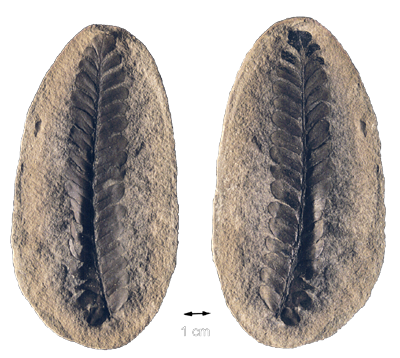 What Is a Fossil?
What Is a Fossil?

Fossils are evidence of plants and animals that lived in the past. They can be produced in many ways. Some fossils are parts of an organism that have been preserved. Others form when minerals replace organic materials. Often fossils are only traces or imprints of the original plants and animals.
Corals are sometimes replaced by silica, which preserves their shape but not their detailed structures.
Amber is the fossilized sap of conifer trees. Insects trapped in the sap are preserved in exquisite detail.
Coal balls are concretions (masses of mineral matter) found in coal beds. They often contain fossils that preserve the microscopic cell structure of plant remains.
Plants are commonly preserved as molds of the original leaves. A thin black carbon residue from the leaf colored these impressions. Sometimes plant material is preserved as compressions, including the veins and cuticle (the waxy covering) of leaves.
Coal is the carbon residue of compacted plant material. Recognizable traces of the plants are sometimes preserved at bedding planes (contact points between layers).
Iron pyrite occasionally replaces the original minerals of shells and skeletons, as in the crinoid or brachiopods. The iridescent "mother-of-pearl" layer of shell is sometimes preserved in fossils, especially cephalopods.
Click on the Fossil Gallery by blicking below.